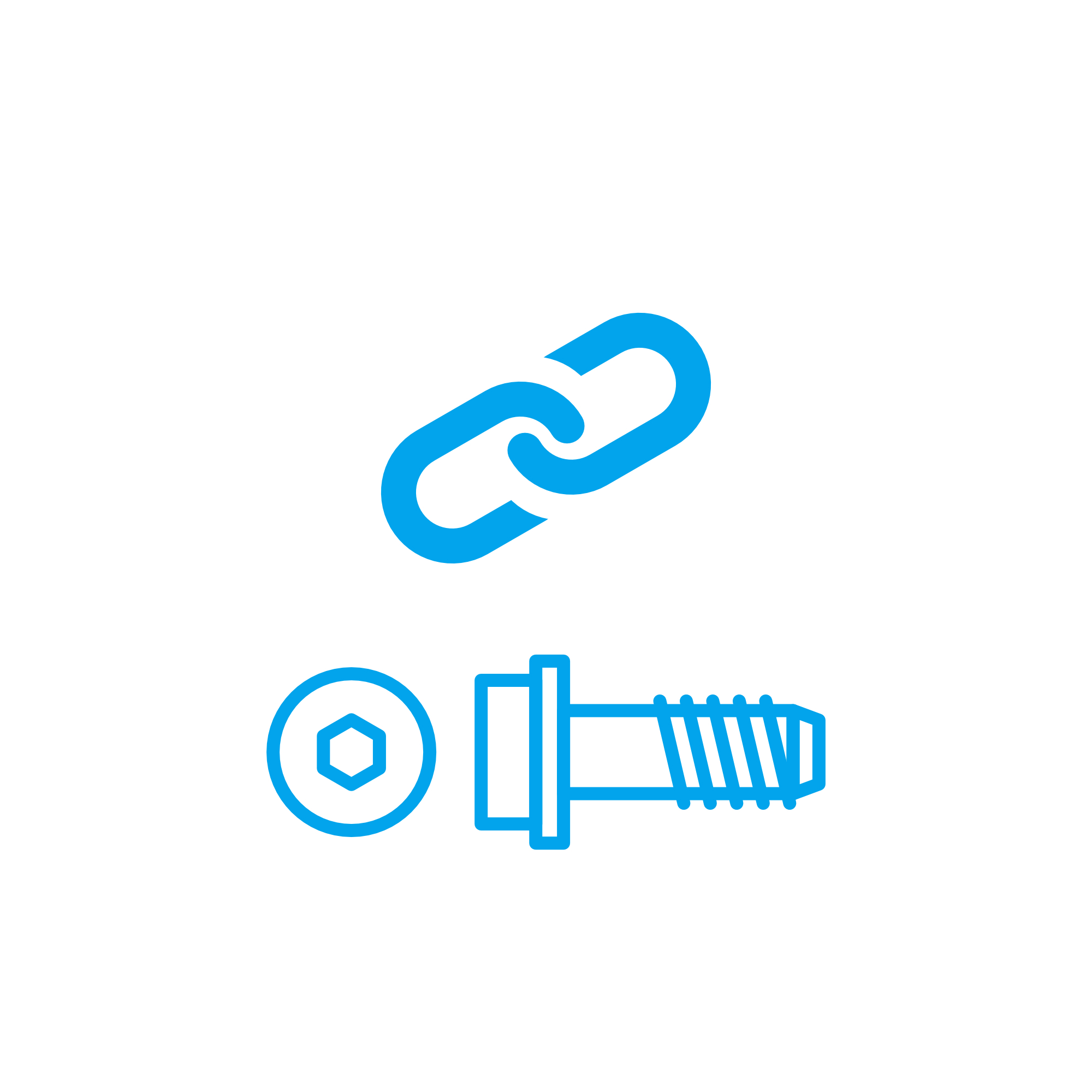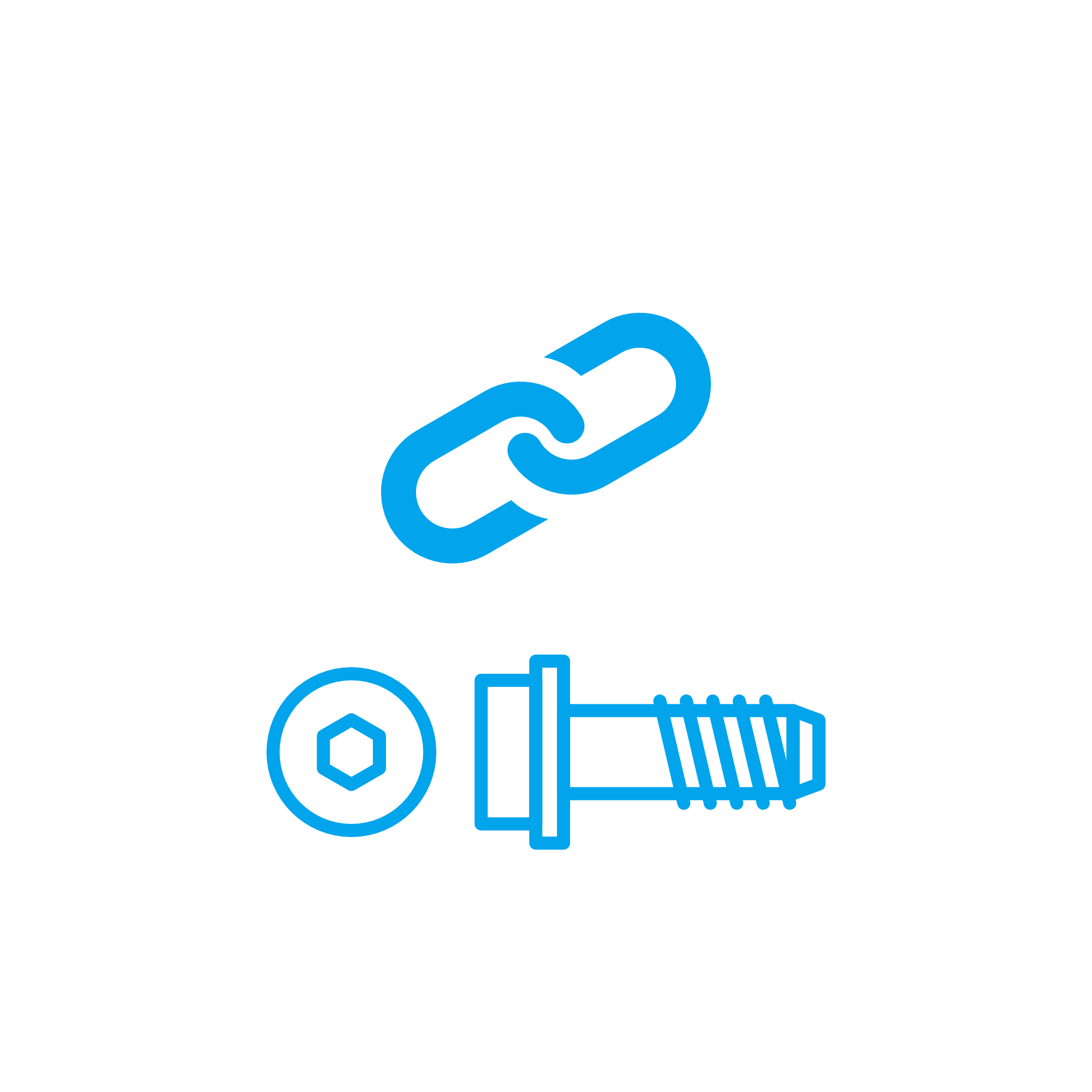ANGLE JOINT Connecting Elements for Marine and Diesel Engines
Connecting elements are the mechanical links that transmit motion, force, and position within an engine’s control and auxiliary systems. In marine and diesel engines, they couple governors to fuel racks, actuators to air and exhaust dampers, levers to sensors, and safety interlocks to shutdown devices. Among these components, the ANGLE JOINT stands out as a compact, robust joint that compensates for misalignment while ensuring precise, repeatable movement. By allowing controlled angular motion between rods, levers, and actuators, ANGLE JOINT connecting elements help protect components from side loads, reduce friction, and maintain accurate engine control under vibration, thermal growth, and hull or foundation deflection.
Technical function of ANGLE JOINT connecting elements in engine systems
An ANGLE JOINT is typically a ball-and-socket style linkage, often paired with a ball stud, that enables rotational and angular movement between threaded rods and control levers. In a diesel engine or marine engine installation, the joint maintains alignment as linkages oscillate, preventing bending loads that can cause premature wear in shafts, bearings, or actuator outputs. The spherical contact distributes load uniformly, while low-friction liners or greasing options keep movement smooth and backlash low.
Well-specified ANGLE JOINT OEM parts are engineered to DIN 71802 and matched ball studs to DIN 71805 in many applications. They are available in carbon steel with surface treatments (e.g., zinc-nickel for corrosion protection) or stainless steel for aggressive atmospheres and saltwater exposure. Thread interfaces are supplied in metric or imperial forms and can include locking features to resist loosening under vibration. Depending on the duty cycle, you may select maintenance-free PTFE-lined joints for clean installations or greaseable designs with boots for contaminated environments. Key performance attributes include allowable misalignment angle, static and dynamic load ratings, and resistance to fretting under oscillatory motion.
ANGLE JOINT in marine engine and diesel engine linkages
Across propulsion and power-generation sets, ANGLE JOINT connecting elements are used in fuel control rods, turbocharger wastegate or bypass linkages, start-air and shutdown mechanisms, cooler and valve actuation levers, and speed-setting assemblies. By accommodating thermal expansion and hull movement, they maintain alignment and contribute to stable idle, consistent load response, and safe shutdown behavior.
- · Compensates misalignment and reduces side loading on actuators.
- · Ensures precise motion transfer with low backlash.
- · Withstands vibration and shock in marine conditions.
- · Offers corrosion resistance through materials and coatings.
- · Available as maintenance-free or greaseable variants.
- · Standardized threads for easy integration into existing linkages.
- · Supports high static and dynamic loads for heavy-duty service.
- · Compatible with boots and seals for dirty or salty environments.
Importance of connecting elements for reliability, efficiency, and safety
Stable, precise linkage geometry is a prerequisite for efficient engine operation. Worn or improperly specified connecting elements can introduce play that upsets governor behavior, causing hunting, uneven fuel delivery, and higher fuel consumption. In extreme cases, a seized or disconnected ANGLE JOINT can prevent a diesel engine from responding to throttle input or initiating an emergency stop, creating serious safety risks.
Typical failure modes include liner wear that increases clearance, corrosion that leads to binding, cracked protective boots that admit contaminants, and loosened threads from persistent vibration. Symptoms range from delayed actuation and drift in setpoints to audible rattle in linkages. Routine inspection should verify axial and radial play, integrity of clips and boots, thread engagement, and the presence of locking features or adhesives rated for the application temperature. Replacing connecting elements before excessive clearance develops protects upstream components, preserves control accuracy, and extends overall engine service life.
Advantages of OEM spare parts suitable for connecting elements such as ANGLE JOINT
When replacing an ANGLE JOINT in a critical linkage, dimensional accuracy and verified performance matter. OEM spare parts suitable for connecting elements are produced to the tolerances, materials, and surface treatments the engine designer validated in testing. This alignment with the intended specification helps retain the engine’s designed kinematics and prevents cumulative tolerance errors across multi-link assemblies.
For purchasers and technical decision-makers, the business case is clear: consistent fit, predictable wear behavior, and proven coatings reduce replacement frequency and avoid unplanned downtime. Traceable batches and documented load ratings reduce risk in safety-relevant linkages. In short, ANGLE JOINT OEM parts deliver stable performance, protect adjacent components from overload due to misalignment, and support long-term budget control through lower lifecycle cost.
What sets ANGLE JOINT OEM parts apart in marine and diesel service
In corrosive marine environments and high-cycle power plants, coating integrity and liner technology directly affect uptime. OEM spare parts suitable for connecting elements provide the right hardness, heat treatment, and corrosion protection for the duty. They fit first time, torque correctly, and hold alignment under vibration—helping maintain emissions compliance, fuel efficiency, and safe shutdown performance.
MOPA as your partner for ANGLE JOINT OEM parts and connecting elements
MOPA supplies OEM spare parts for connecting elements, including ANGLE JOINT components for diesel and gas engines across marine and power-generation applications. Customers value MOPA for speed—short lead times from a responsive, well-curated inventory—quality—parts sourced to specification with thorough incoming checks—and security—reliable, documented supply chains and precise part-number cross-referencing. From DIN 71802 angle joints and matching studs to threaded rods, clevises, and lock hardware, MOPA supports fleet standardization and planned maintenance with technical clarity and dependable logistics.
Whether you need ANGLE JOINT marine engine solutions for throttle and shutdown linkages or ANGLE JOINT OEM parts optimized for a diesel engine fuel rack, MOPA delivers the right components, on time, with the documentation and traceability your operation requires.
Conclusion
Connecting elements—and especially the ANGLE JOINT—are essential for accurate, low-friction motion transfer in marine and diesel engines. They sustain control precision, reduce wear, and underpin safe, efficient operation. Choosing OEM spare parts suitable for connecting elements ensures dimensional accuracy, proven durability, and reliable performance over the full service life of the engine.





